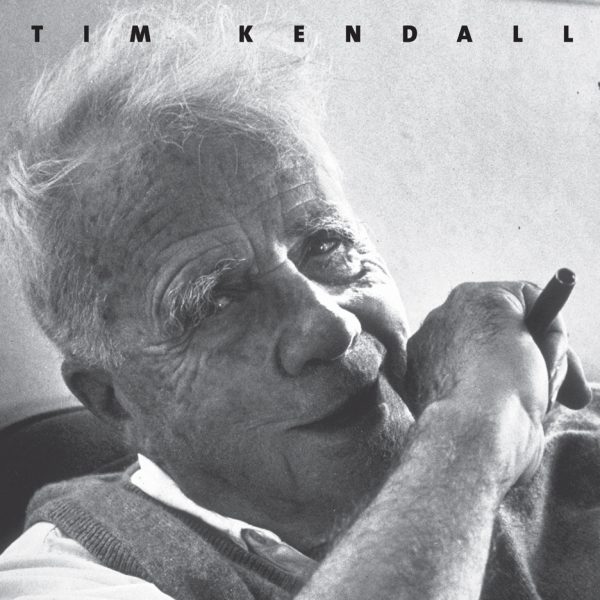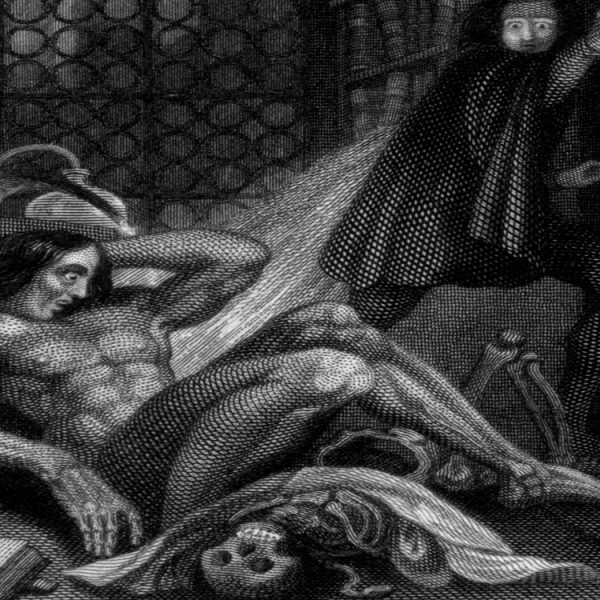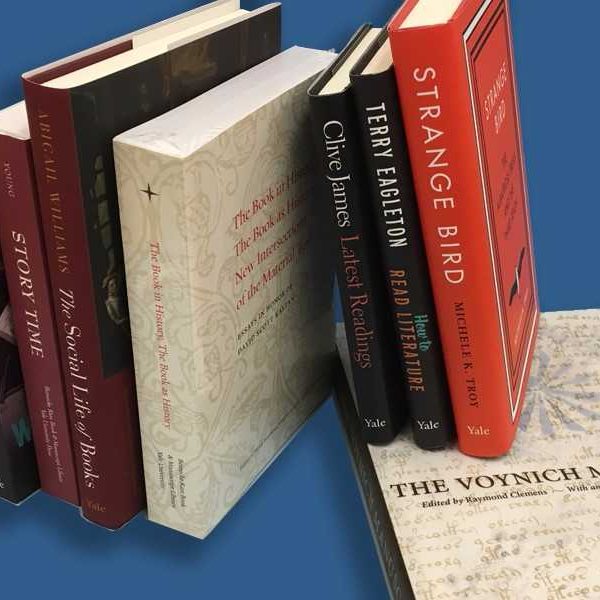The Art of Robert Frost
Robert Frost holds a coveted position in the category of Poets that (Almost) Everyone Knows. Many first recited “Stopping by Woods on a Snowy Evening” in grade school. Its use of chain rhyme and simple imagery provide a nice introduction to poetry, even for the youngest readers. And really, no one is morally opposed to woods, snow, horses, or sleigh bells.
 In her recent Vulture.com article, Kathryn Shultz addresses the commonly-adopted casting of Frost as a “folksy gentleman farmer with a gift for words.” Yet one is not mistaken if they start questioning the famous poem, perhaps there is something more to his lovely but quietly sad narratives. This is the incredible aspect of Robert Frost explored in Tim Kendall’s The Art of Robert Frost, a hybrid of a 65-poem anthology and analysis. Kendall breaks down each poem, providing insight and background to some of Frost’s most beloved works.
In her recent Vulture.com article, Kathryn Shultz addresses the commonly-adopted casting of Frost as a “folksy gentleman farmer with a gift for words.” Yet one is not mistaken if they start questioning the famous poem, perhaps there is something more to his lovely but quietly sad narratives. This is the incredible aspect of Robert Frost explored in Tim Kendall’s The Art of Robert Frost, a hybrid of a 65-poem anthology and analysis. Kendall breaks down each poem, providing insight and background to some of Frost’s most beloved works.
For example, Kendall addresses the ever-quoted work, “The Road Not Taken,” and its famous last stanza:
“I shall be telling this with a sigh
Somewhere ages and ages hence:
Two roads diverged in a wood, and I—
I took the one less traveled by,
And that has made all the difference.”
These lines are recited by high school valedictorians at graduations, by supportive family and friends at weddings, by motivational speakers and encouraging greeting cards. Robert Frost’s “The Road Not Taken” may be the most quoted poem in the English language, and yet it was not intended as an ode to those who go against the grain.
Instead, Frost wrote the poem from the point of view of his friend Edward Thomas, ironically mocking Thomas’ tendency to over think simple decisions. It is clearly stated throughout the poem that both roads were equal, using phrases like “just as fair,” and “really about the same,” and “equally lay,” to express the sameness of the two roads. There is no significance to the road chosen by Thomas, except for the fact that it was arbitrarily chosen. But despite this, Frost is generally considered the speaker, and thus, the champion of those who dance to the beat of their own drum. Clichés abound.
Kendall describes this wild misinterpretation as a “crisis in poetics.” According to his analysis, Frost was endlessly frustrated by this common and sincere reading of his ironic piece, bothered by the reader’s blatant oblivion to his literary cues.
But perhaps this is the power of Frost’s work – everyone can find some meaning in his lines – regardless of the nuance he had intended. But for those interested in exploring the depths of his work, The Art of Robert Frost may prove a helpful guide.


























